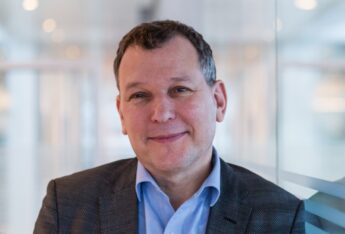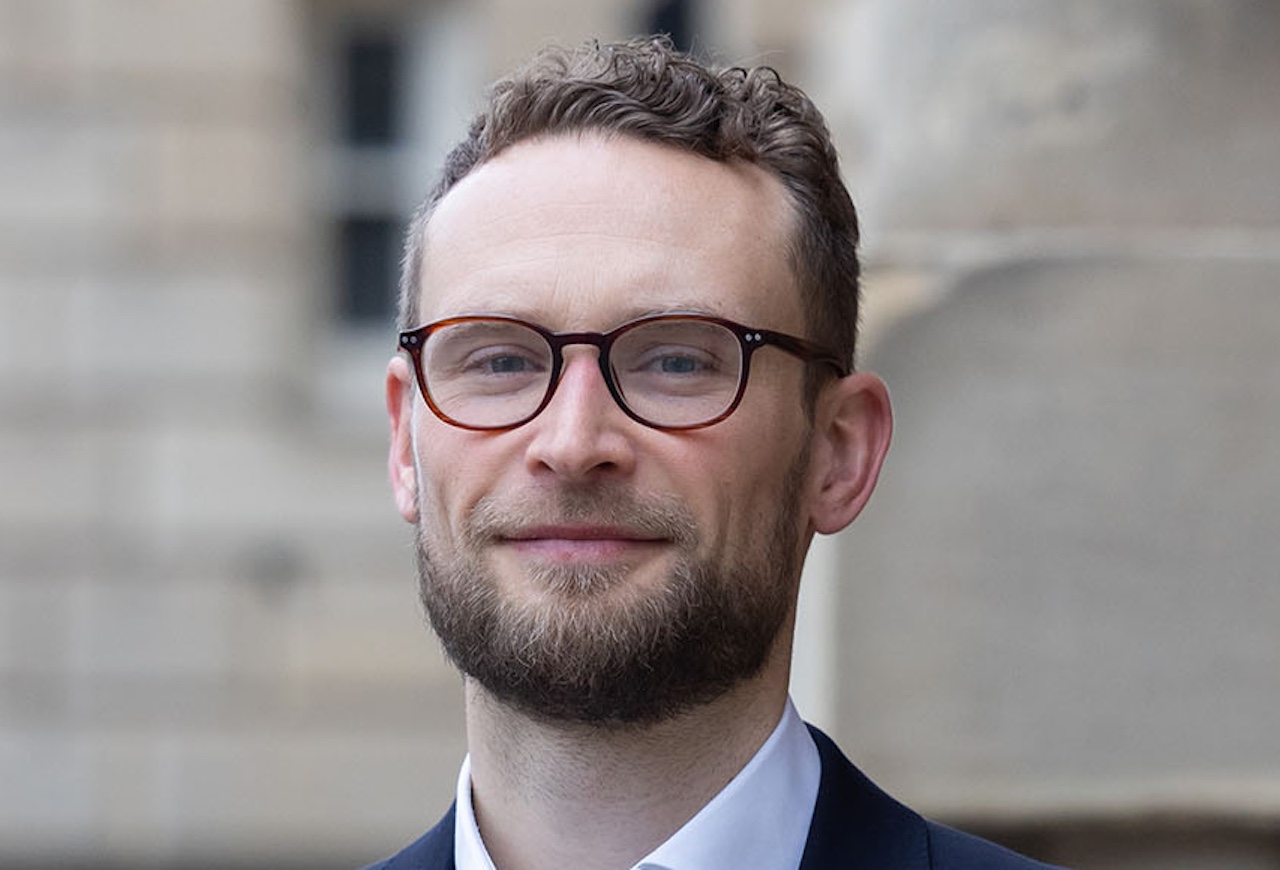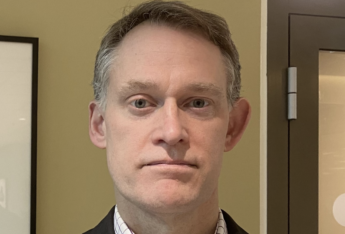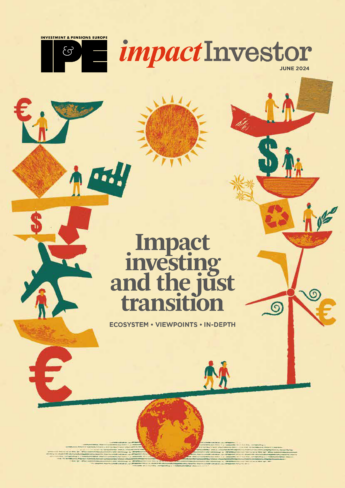Three leading European pension funds – PensionDanmark, Avon Pension Fund and KLP – share their views on the just transition and their approach to impact investing in general.

PensionDanmark, Denmark – Jan Kæraa Rasmussen, head of ESG and sustainability:
We have worked systematically with impact investing for one and a half decades with a special focus on green infrastructure, sustainable real estate, and capacity building in least developed countries (LDCs).

The first, green infrastructure, is an asset class where there is an opportunity to make an impact and foster the transition towards renewable energy. It is also an asset class where, unlike listed investments, it is natural for us to take a large ownership stake, providing us with significant influence over the development of projects. This influence also extends to aspects that can generate positive impacts on both society and nature, which is an area of increasing focus, and we aim to actively contribute to mitigating and reversing the global loss of biodiversity.
Our approach to impact investing is not fundamentally different from our general approach. Projects undergo the same rigorous preparation and evaluation process as all other investments, and we maintain consistent return requirements across the board. Likewise, all our direct investments undergo ESG due diligence, regardless of whether they are classified as impact investments or not.
Our experience shows that impact investments can deliver competitive returns compared to similar assets. A prime example is our real estate development, where the expenses incurred to support a property project’s social or nature contribution result in an increased valuation and reduced vacancy, rendering the investments viable for us. At the same time, a strong focus on energy efficiency has lowered the user cost of sustainable properties, making them even more valuable on the market.
We are also increasingly focused on investments that can propel the green transition of the energy supply into a new phase. While the market for wind and solar energy has matured and investors are queuing up, there is a need for risk capital to develop, mature, and scale up green technologies that can enable the transition of sectors such as shipping, aviation, agriculture, and heavy industry. Therefore, we have made investments in floating offshore wind, energy islands, pyrolysis, and power-to-x, among other things.
The need for a just transition is an important consideration in investment decisions, given the extensive employment provided by the supply chain of fossil fuels and carbon-intensive industries. This is reflected in our support for fair carbon pricing and in our concrete investments. Our portfolio includes initiatives aimed at not only reducing the carbon footprint of energy production but also new technologies that can mitigate the climate impact of industries like agriculture, empowering farmers within a sustainable supply chain.
In recent years, we have allocated investments in an onshore power-to-x plant dedicated to converting offshore wind power into green ammonia for use in fertilisers, as well as in the development of pyrolysis plants that can convert organic waste from agriculture into biochar, sequestering CO2 and mitigating atmospheric emissions. While these technologies are still evolving, they hold the potential to become integral components of a just transition, which is crucial to ensuring widespread support for the green transition.
Avon Pension Fund, UK – Nathan Rollinson, investment manager:
As the United Nations makes it clear, every person, in every country in every continent will be impacted in some shape or form by climate change. It poses an existential threat to the wider world and long-term investments.

But the current rate of increase in global climate finance is not on track to deliver a 1.5°C global warming scenario. This could have disastrous consequences for people and the planet. The Climate Policy Initiative estimates that at least $4.3trn (€4trn) in annual finance flows by 2030 is required to avoid the worst impacts of climate change. Over half of the transition financing required will need to come from the private sector to meet globally agreed targets.
At Avon Pension Fund, the £5bn (€5.8bn) LGPS scheme for the Bristol and Bath area, we have pension commitments stretching into the 22nd century. We’re acutely aware that we all need to act to tackle the climate emergency and our place as an institutional investor with a long-term investment horizon puts the onus squarely on us to act in the right way. To be blunt why save into a pension if we are not going to have a planet to enjoy it on?
At Avon, we’ve been proactive climate investors for over two decades, but we know we need to keep pushing ourselves to do more. This is why we put tackling climate change through our investments front and centre of our investment approach. Our firm view is that investing to support the objectives underpinning the Paris Agreement that delivers a 1.5°C temperature increase is entirely consistent with securing long-term financial returns and is in the best interests of our members.
We know our stakeholders and scheme members care about this issue, which is why last year we reviewed our net zero goals. After consulting hundreds of stakeholders and receiving over 5,000 responses to our net-zero member survey, we brought forward our net-zero target from 2050 to 2045.
But setting targets is the easy bit, delivering against them is much more challenging. But we are making progress. The Fund now holds over £1bn in dedicated Paris-aligned index equity strategies and we proactively collaborate to create a positive real-world impact through active stewardship of our investments, through, for example, our LGPS pool, Brunel Pension Partnership.
In 2023 we allocated an initial 3% (£160m) of total funds to local impact investing. This was a first for us, and the decision came out of our latest investment strategy review.
This built on the fund’s existing ‘impactful’ investments which include renewable infrastructure, affordable housing, and listed exposure to sustainable and transition-aligned equities.
Being an LGPS fund we are here to serve our local area. Our largest employers include the local authorities for Bristol, Bath & North East Somerset, South Gloucestershire and North Somerset. They have all set themselves challenging net zero targets. There’s strong interest among our stakeholders in the positive local impact the fund can have through its investments.
To this end, the fund made its first local impact commitment in October 2023. Investing in collaboration with other LGPS funds – Devon, Cornwall, Gloucestershire, Oxfordshire and Wiltshire – between us we’ve recently invested £230m into an operational solar portfolio, generating 140 megawatts, enough to power 52,000 homes.
This allocation to solar energy is the first step through our new local impact allocation. We’re developing our thinking, but are clear that investments need to show demonstrable impact both in terms of intentionality and additionality in the local area. Our next steps in local impact investing will be into affordable housing, and financing small and medium sized businesses in the local area.
We are clear that we all need to be part of the solution in tackling the climate crisis. Collaborating with other like-minded schemes allows us to start achieving meaningful change, delivering real-world impact, but also making a difference at a local level.
KLP, Norway – Eric Nasby, investment analyst:
KLP has a portfolio of investments that, in addition to financial returns, is dedicated to contributing to the UN SDGs and specific impact KPIs. The portfolio is focused on two core prerequisites for sustainable growth in emerging markets: renewable energy projects and inclusive finance.

We provide both equity and debt financing, predominantly in unlisted infrastructure and financial companies.
As for all investments, KLP requires competitive risk-adjusted returns on our impact investing. Our internal guidelines allow, however, that this portfolio may have a somewhat higher risk than what is normally used as a basis for KLP’s investments.
For more than a decade KLP has had an investment partnership with Norfund, the Norwegian public investment fund for developing countries, in low and middle-income countries in Asia, Africa and Latin America. The first investments were in solar energy parks in South Africa back in 2013, while during the past couple of years, we have had more investments in renewables and grid solutions in India, which is a key market for succeeding with the energy transition towards net zero on a global level.
The partnership has proven a win-win situation. KLP gains the benefits of Norfund’s expertise in sourcing high-quality investment opportunities and handling emerging market risk, and Norfund benefits from additional investment capacity. There are also other positive effects that can come through the mobilisation of private capital. We both value this partnership and expect to continue it going forward.
The returns on these investments over time have been acceptable and relatively similar to the returns of developing market indexes, such as Morgan Stanley Emerging Markets and Morgan Stanley Frontier Markets. There was a period of turbulence in our inclusive finance portfolio during COVID-19, but the situation has normalised and the investment portfolio is back on track.
One of the key lessons that we have learned is that it is important to have good quality partners in the underlying investments. An example that comes to mind is the Lake Turkana Wind Power development. This was a significant investment, both for Kenya and for wind power in Africa. There were challenges and delays related to the construction of the infrastructure necessary to bring power from the project to the capital Nairobi. Despite this, the project was brought on stream, delivering clean renewable power to the country. KLP and Norfund divested our share of the project, but we are proud to have been a part of the journey and happy that the current owners, including BlackRock, as well as the country continue to benefit from the investment.
In addition to the investments with Norfund, KLP actively looks for other partners who can deliver high-quality projects that meet the mandate’s impact goals and can provide attractive returns for KLP’s owners and clients.
Other funds focused on renewable energy that we have invested in include Climate Investor 1 and Climate Investor 2, managed by Climate Fund Managers (CFM).
In financial inclusion investments, such as those through Abler Nordic, KLP is investing in companies in Africa and Asia that provide financial services to low-income households. By supporting these initiatives, KLP contributes to economic development, poverty alleviation and financial inclusion. The ability to access small loans, safe savings, and insurance can level income disparities, enhance resilience against climate change and economic shocks, and ultimately improve people’s quality of life.

This article is part of the ‘Impact Investing and the Just Transition’ report, a collaboration between Impact Investor and our sister publications IPE and IPE Real Assets.
You can download a digital copy of the report here.







